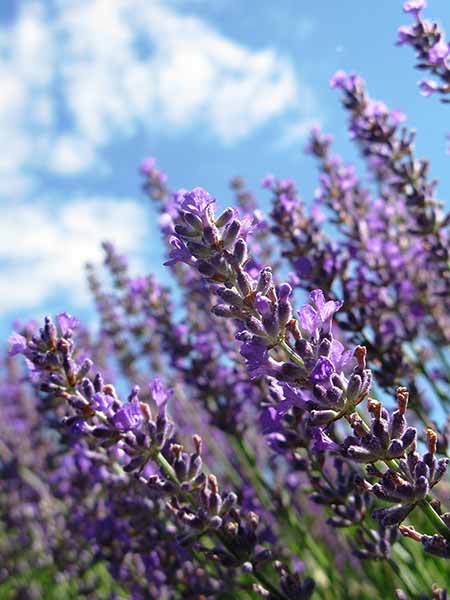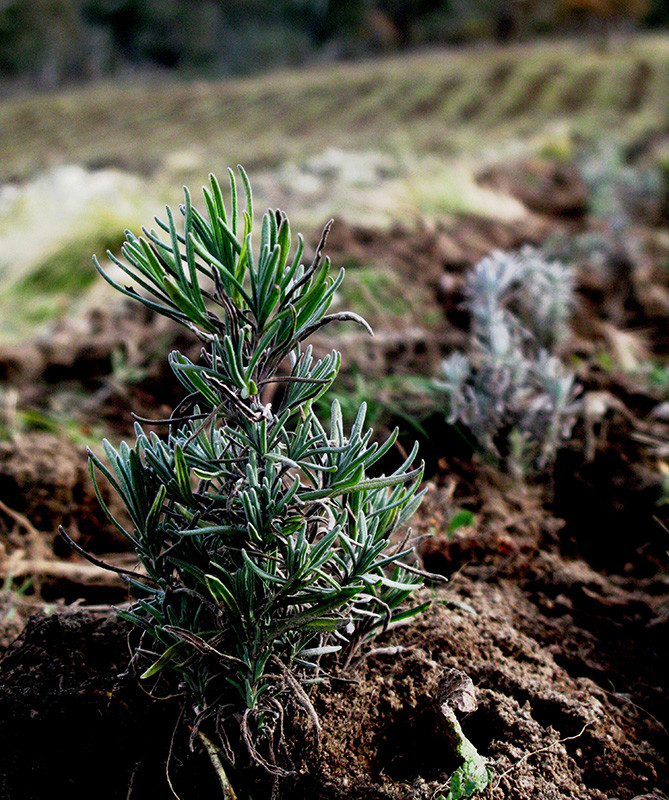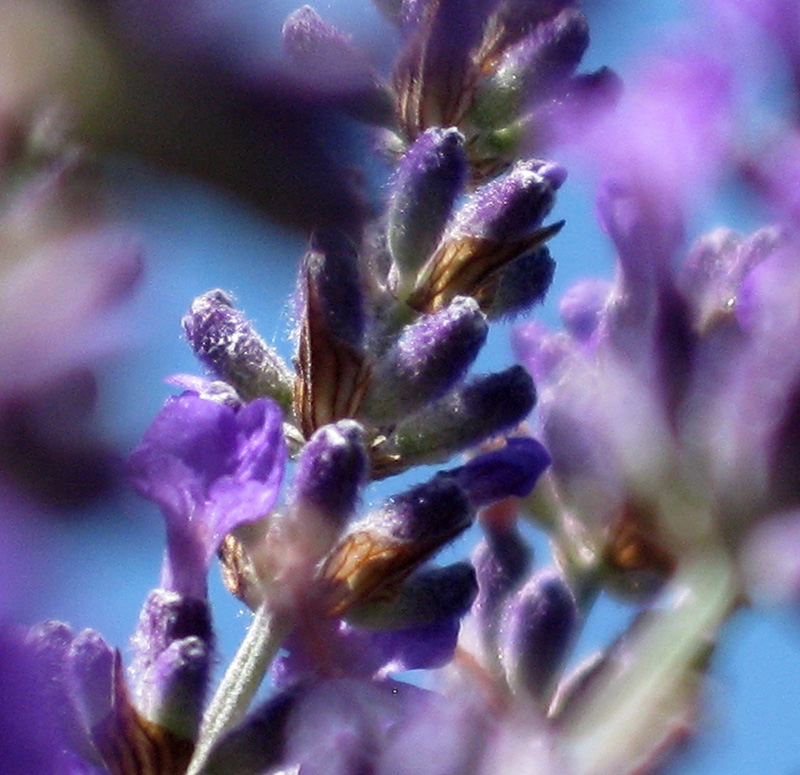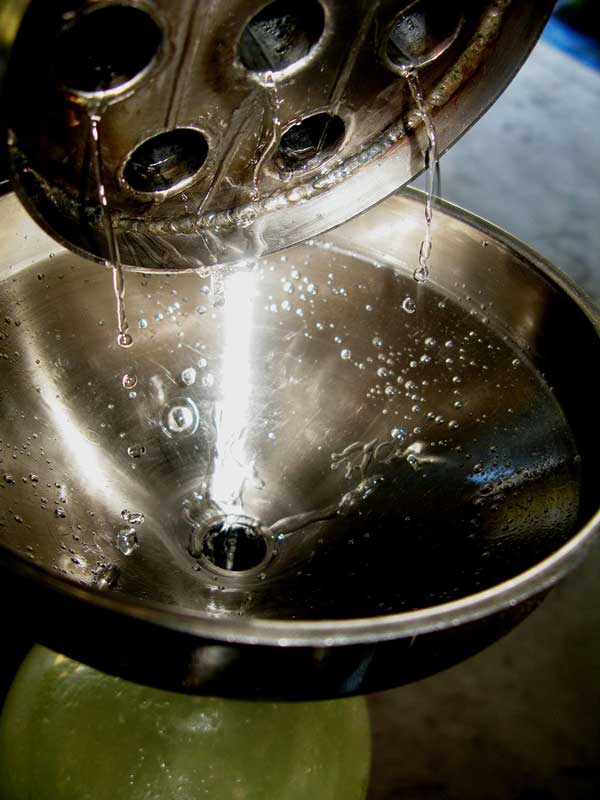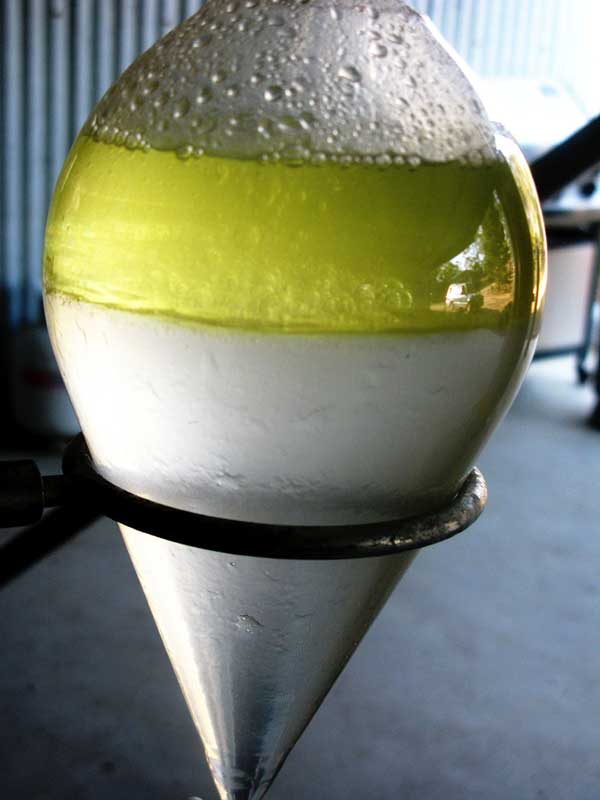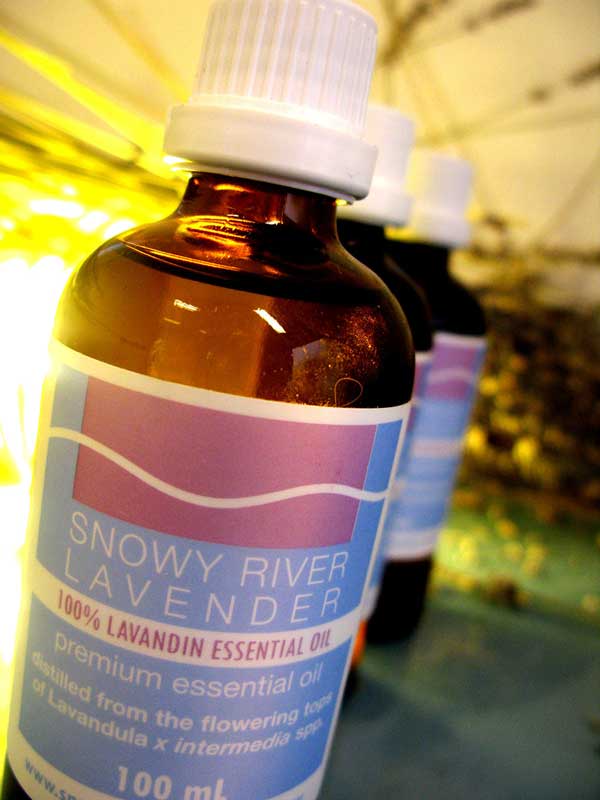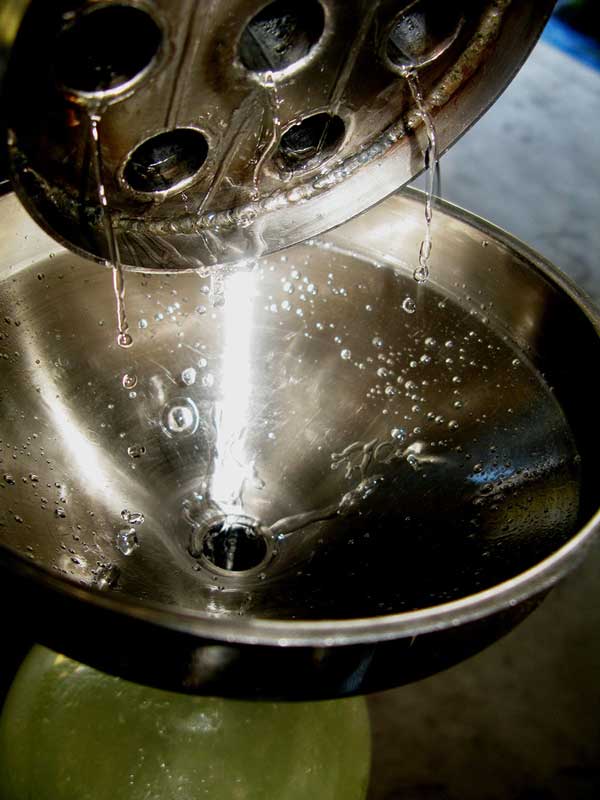
Lavender: a holistic approach form soil to bottle
Lavenders of the angustifolia species dominate Snowy River Lavender’s essential oil production and coming to terms with what constitutes quality in these essential oils has been necessary to our ‘stock and trade’. At Snowy River Lavender, aromatic beauty and essential oil chemistry are both key factors in our assessments of quality however, we also see quality as integral to the vitality of plants nurtured organically by the life of the soil and the purity of the environment to which they are tuned: Quality is also in the timing of harvest and in the distillation process where the special synergy of each plant’s chemistry is combined with others and completed in each still charge as a discrete and fully developed process. This recognition of quality, as integral to the culture of production, allows us to view the quality of our essential oils as a holistic journey from soil to the bottle.
Snowy River Lavender’s approach to the Standards
At Snowy River Lavender GC/MS profiles and the Standards are viewed as necessary tools for understanding both the balance and diversity of our essential oils. Standards show a normative range and balance of compounds distinctive to the lavender, or lavandin, species from which we make comparisons to our own varieties. Annually samples of our essential oils are sent off to a laboratory for GC/MS testing. Whilst phyto-chemical variations occur each year, reflecting mainly the shifting effects of climate, after many years of looking at these profiles it is obvious that each cultivar has a genetic fingerprint reflected in distinguishing balances of compounds which consistently repeat themselves. In areas where a cultivars’ chemistry consistently deviates from the normative balances set out in the Standards, these markers guide us to an understanding of biodiversity and the potential for different characteristics within the essential oils of the Lavandula species.
More than linalool and linalyl acetate: a holistic approach to lavender essential oil chemistry
At Snowy River Lavender we seek to understand lavender essential oil holistically taking the total balance of the oils chemistry into account not just the dominant compounds. To do this is to acknowledge that lavender, as with any essential oil, as a naturally extracted substance is a complex chemistry subject to genetic diversity and ecological influences. Unfortunately the high ratio of linalool and linalyl acetate naturally present in lavender oil, along with their aesthetic attractiveness as fragrances, has encouraged the tendency to reduce it as a simplification of these two key compounds. This form of reduction has become damaging to the overall integrity of lavender essential oil as a distilled product. This situation is fuelled in no small way by romanticised notions that there exist top shelf products which display extraordinary levels of these compounds (80 - 90%). This ‘ideal’ type has become an aspirational but unrealistic standard if a natural product is what is required.
At Snowy River lavender we have found, not only in our own oils but also in those ‘genuine oils’ we have collected for reference purposes, that a more realistic balance of these compounds will register between 60 -75%, with the occasional one balancing up around 80%. Lavandulol and lavandulyl acetate will register a further 3 – 5%. In this light, we can safely account for between 60 and 80% of lavender essential oil being for these defining lavender compounds. However, this also means there is still 20 - 40% of essential oil chemistry inherent in lavender oil which tends to be largely ignored, especially at a commercial level.
Lavender as complex plant chemistry
At Snowy River Lavender, we embrace complexity in our lavender oils, believing that the many different compounds we see noted in our phyto-chemical profiles and smell in the oil’s fragrant notes are that which give our oils depth and character
- Some of these compounds appear at quite significant levels such as the warm sweet floral front notes of trans & cis – β ocimene, present in our oils, in combination, between 6 and 11%. Some cultivars, such as Avice Hill, register levels as high as 10 to 19% for this combination of compounds.
- Another significant compound is the warm sweet peppery sesquiterpene, β - caryophyllene, usually present in our cultivars at levels between 2 and 3 % but again in Avice Hill the levels are between 4 and 5%.
- A particularly significant compound for us is the ketone, octan-3-one, an earthy honey aroma believed to contribute some of lavenders sedative and analgesic qualities, this occurs at quite high levels in all our cultivars on average between 2 some cultivars, such as Bee, at times registering well over 4%.
- Another soft woody sesquiterpene, present in all our cultivars at levels usually over 1% is α or β-santalene.
- While these compounds all supply sweet warm earthy tones, to the floral refinement of lavender’s key compounds, others such as terpinen-4-ol and alpha-terpineol add a green peppery freshness displayed at the significant level of around 10% in our cultivar Pacific Blue, where this freshness is further punctuated by rosy citrus leaf notes of farnesene and limonene at between 3 and 4 %.
From just these few compounds normally present in lavender oil it is easy to see that there are significant levels of aromatic depth which can easily start to add up as a percentage of the overall oil when considered holistically. Also if you look at functional groups, you can find that rafts of low level compounds defined by these chemical groupings can bring significant character to an essential oil. For example, in some of our essential oils the low level ester compounds of lavandulyl, octen-3yl, geranyl and neryl acetate can add up to levels of over 5 % of the total oil. While perhaps not significant individually, as a combined force these compounds add depth and resonance to the traditional floral sweetness of the dominant compounds, linalool and linalyl acetate. We believe to respect these other compounds is to maintain the importance of that which is produced in ‘the still’ and acknowledges steam distillation as the definitive culture of essential oil production.
Some challenging issues
While Standards, through setting norms of plant chemistry, in some ways limit the concept of biodiversity in essential oil plant species. Standards do nevertheless tend to encourage a holistic focus on lavender essential oil, achieved by setting upper guidelines for compounds as well as minimums and by setting standards for a total of 13 key compounds not just the dominant two. In this way the Standards initiate an understanding of lavender essential oil as complex and invite for us to question:
- If we inflate the chemistry of lavender oil in favour of dominant compounds, such as linalyl acetate and linalool, where in this inflated chemistry do the other compounds constituting lavender oil find a place?
- Furthermore, if we are so ready to push the other compounds aside, do we not believe they have a function within the synergistic chemistry which is lavender oil with all its aromatic depth and therapeutic potential?
These are important questions because if we are ready to forgo this complexity the reality will be that more and more essential oil will be adulterated to meet the unrealistic expectations of this simplified chemistry and the further away from the distilled plant product lavender essential oil, and our own expectation of it, becomes. Lavender essential oil will become a casualty of its own popularity.

